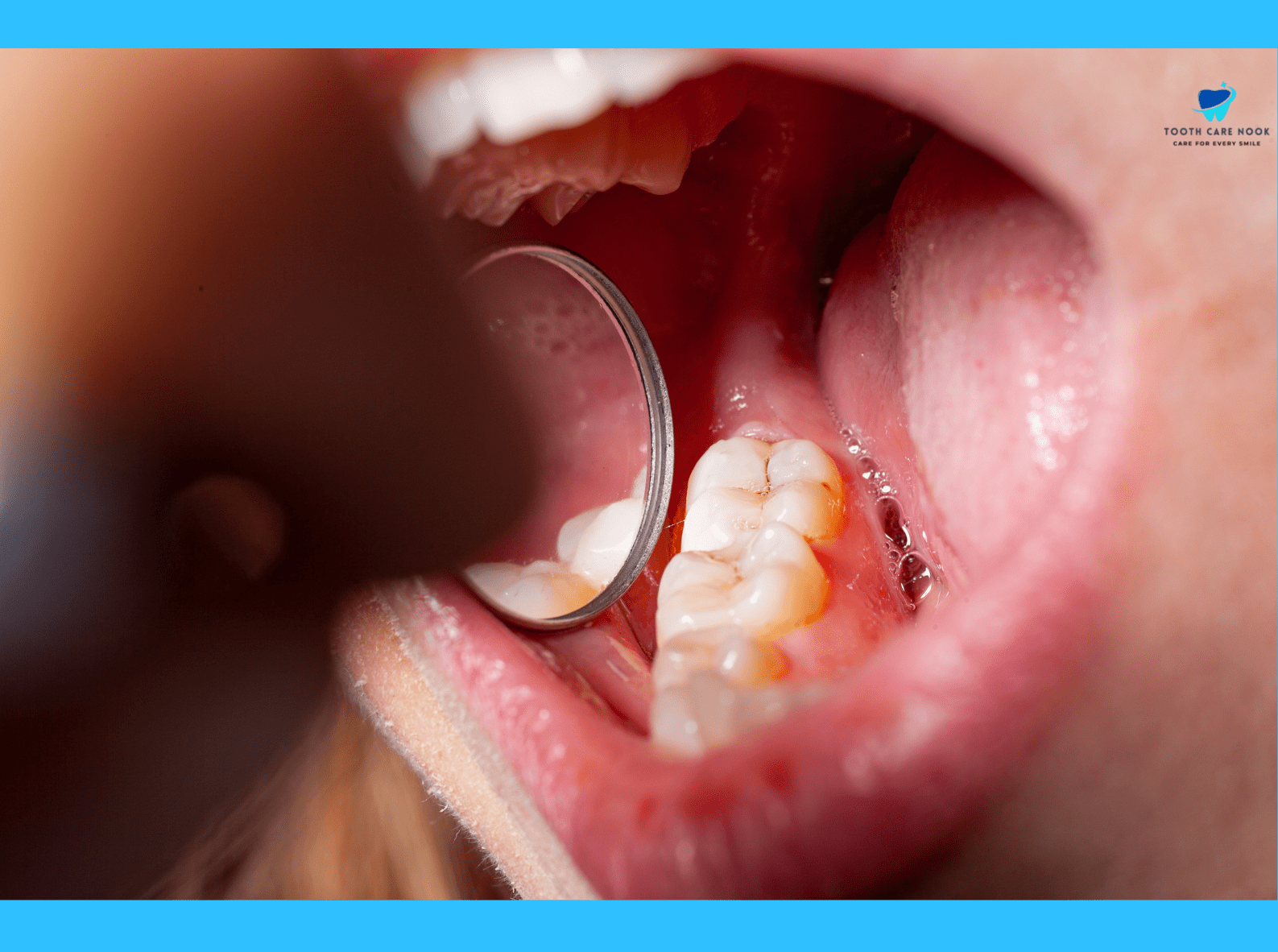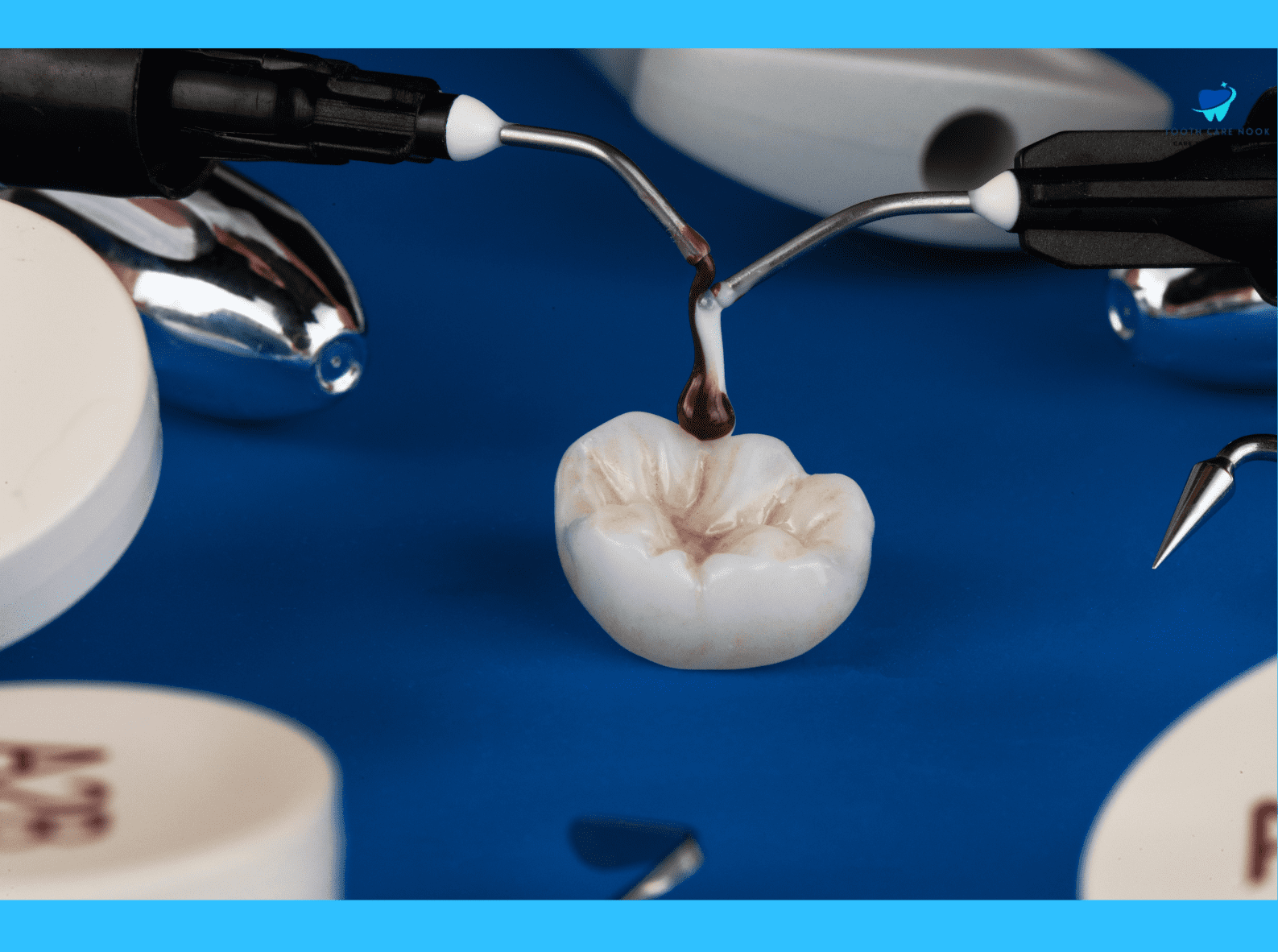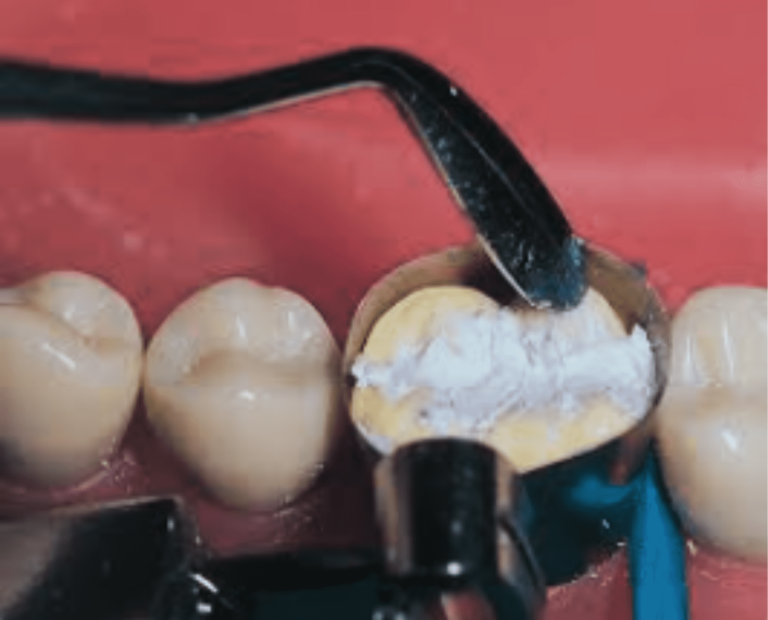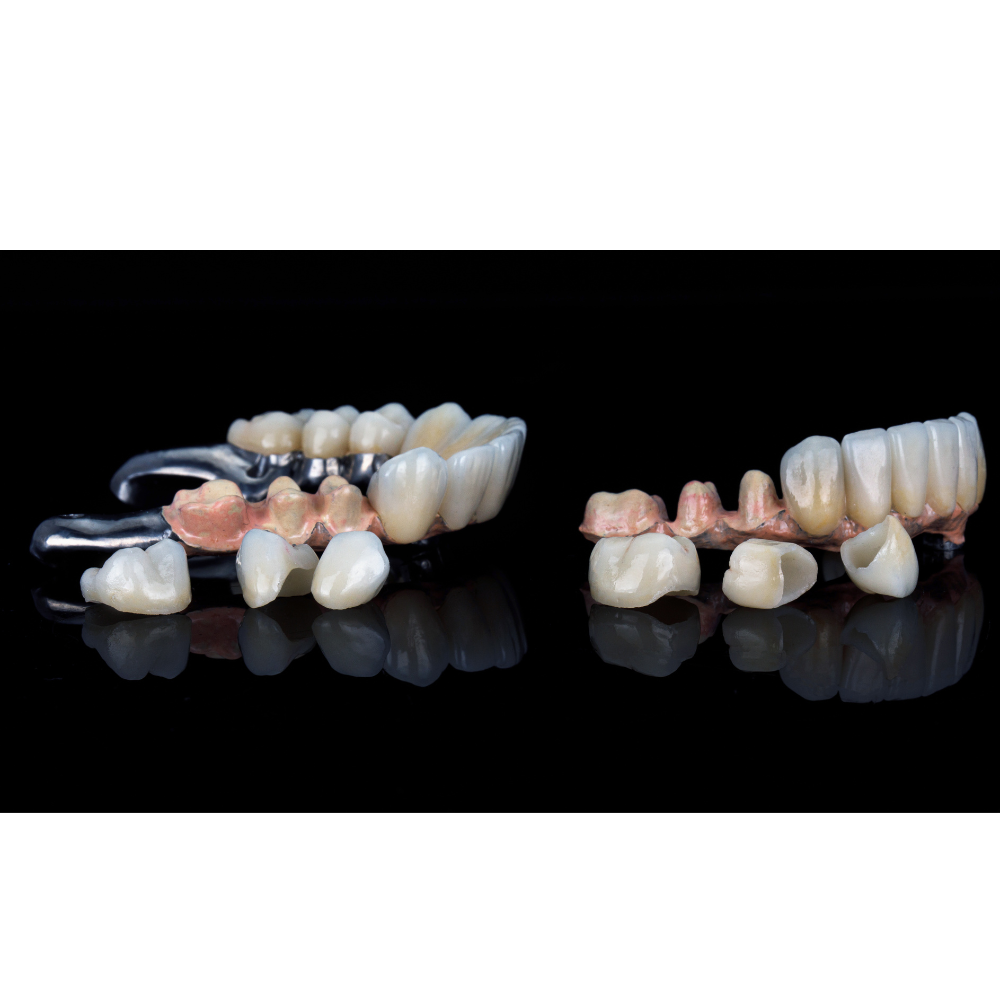What Is IRM Dental? – Application, Working, Alternatives, And All
Ever feel overwhelmed by all the fancy terms dentists throw around? You’re not alone! Dental care involves a lot of tools and techniques, and IRM dental is one of them. But don’t worry, it’s actually quite helpful for both patients and dentists. This article will break down what IRM is, what it’s used for, how it works, and what other options might be out there.
What Is IRM In Dentistry?
IRM stands for Intermediate Restorative Material. It’s a special kind of dental filling used for temporary repairs. Think of it like a patch to hold your tooth in place until you can get a permanent fix from your dentist.
Benefits Of IRM Cement
Here are some key benefits of IRM cement in dentistry:
Temporary protection:
IRM provides a temporary seal to protect your tooth from further decay or sensitivity while a permanent solution is being planned.
Pain relief:
In some cases, IRM can help soothe discomfort caused by exposed nerves in a cavity.
Versatility:
IRM can be used for various temporary repairs, including large cavities, sensitive teeth, and holding crowns or bridges in place before permanent placement.
Cost-effective:
Compared to permanent fillings, IRM is a more affordable option for temporary repairs.
Relatively painless application:
IRM placement is usually a quick and painless procedure.
Applications Of IRM Dental
IRM Temporary Fillings:
IRM’s most common application is for temporary fillings. It fills the space created by a cavity, broken tooth, or lost filling.
Benefits:
* Protects the exposed tooth from further decay and sensitivity.
* Provides a temporary solution until a permanent filling can be placed.
* More affordable than a permanent filling.
* Relatively painless application.
Base for Permanent Fillings:
IRM dental can act as a base for certain types of permanent fillings, especially for crowns and bridges. It creates a stable foundation for permanent restoration, particularly when non-resin cements are used.
Benefits:
* Improves the adhesion and stability of the permanent restoration.
* Provides additional insulation for the tooth.

Sensitive Tooth Protection:
While IRM isn’t directly used for sensitivity, it can play an indirect role. In procedures like indirect pulp capping, IRM is used as a temporary seal after protecting the exposed tooth pulp.
Benefits:
* By protecting the exposed pulp, IRM helps reduce sensitivity caused by irritation.
* Allows for further treatment or a permanent filling without causing further discomfort.
Alternatives To IRM
IRM, while a versatile temporary solution, isn’t always the only option. Here are some alternatives:
Resin-Modified Glass Ionomer (RMGI) Cement:
RMGI offers superior strength and durability compared to IRM. It can also bond chemically to tooth structure, potentially extending its lifespan as a temporary filling. Additionally, some RMGI cements can release fluoride, aiding in preventing further decay.
Light-cured Composite Resin:
Composite resin offers good aesthetics, mimicking the natural color of teeth. It also boasts improved strength and can be polished for a smoother finish. This can be especially advantageous for children who might be self-conscious about temporary fillings.
Calcium Hydroxide (Ca(OH)2):
Calcium hydroxide helps promote the healing of the exposed tooth pulp, similar to IRM dental, which is used in indirect pulp capping. However, it can be used as a base layer before placing a more permanent restoration material.
Biocompatible Materials:
Biocompatible materials are still under development but offer exciting possibilities. They could potentially mimic natural tooth structure more closely and promote healing while serving as temporary restorations.
Working Of Dental Materials With IRM
IRM is often used in conjunction with other dental materials to achieve various dental goals. Here’s a breakdown of how IRM interacts with some common materials:
Permanent Fillings:
Although not a permanent solution itself, IRM can act as a base for certain permanent fillings, particularly those not using resin cement. It creates a stable foundation for permanent restoration, ensuring better adhesion and providing additional insulation for the tooth.
Crowns and Bridges:
Similar to permanent fillings, intermediate material can serve as a temporary base for crowns and bridges before the permanent cement is applied. This allows for adjustments and ensures a proper fit before finalization.
Calcium Hydroxide:
In indirect pulp capping procedures, IRM can be used as a temporary seal after placing calcium hydroxide. Calcium hydroxide promotes healing of the exposed tooth pulp, and IRM protects the area until a permanent restoration is placed.
How To Mix IRM Dental Material?
Here are the main steps involved in mixing IRM dental material:
Prepare the area:
Ensure the mixing slab and spatula are clean and dry.
Dispense the Material:
If using capsules, activate them according to the manufacturer’s instructions. For hand-mix versions, dispense a recommended amount of powder onto the slab.
Incorporate the Liquid:
Slowly add drops of the liquid to the powder while gently folding it in with the spatula. Aim for a smooth, workable consistency, neither too wet nor dry.

FAQs
Are IRM Sedative Fillings Right For Me?
IRM itself isn’t a sedative but it might contain eugenol which some find soothing for sensitive teeth. However, the decision for a filling type depends on factors like cavity size and location.
What Is The Difference Between IRM And Cavit?
Both IRM and Cavit are temporary filling materials. However, Cavit might offer better sealing but can wear down faster.
Does IRM Have Clove?
Some IRM formulations contain eugenol, derived from clove oil. This can provide a numbing effect for sensitive teeth. However, some people might be allergic to eugenol, so inform your dentist beforehand.
How Long Does Dental Irm Last?
IRM can last anywhere from a few weeks to a year, depending on the situation and placement.



